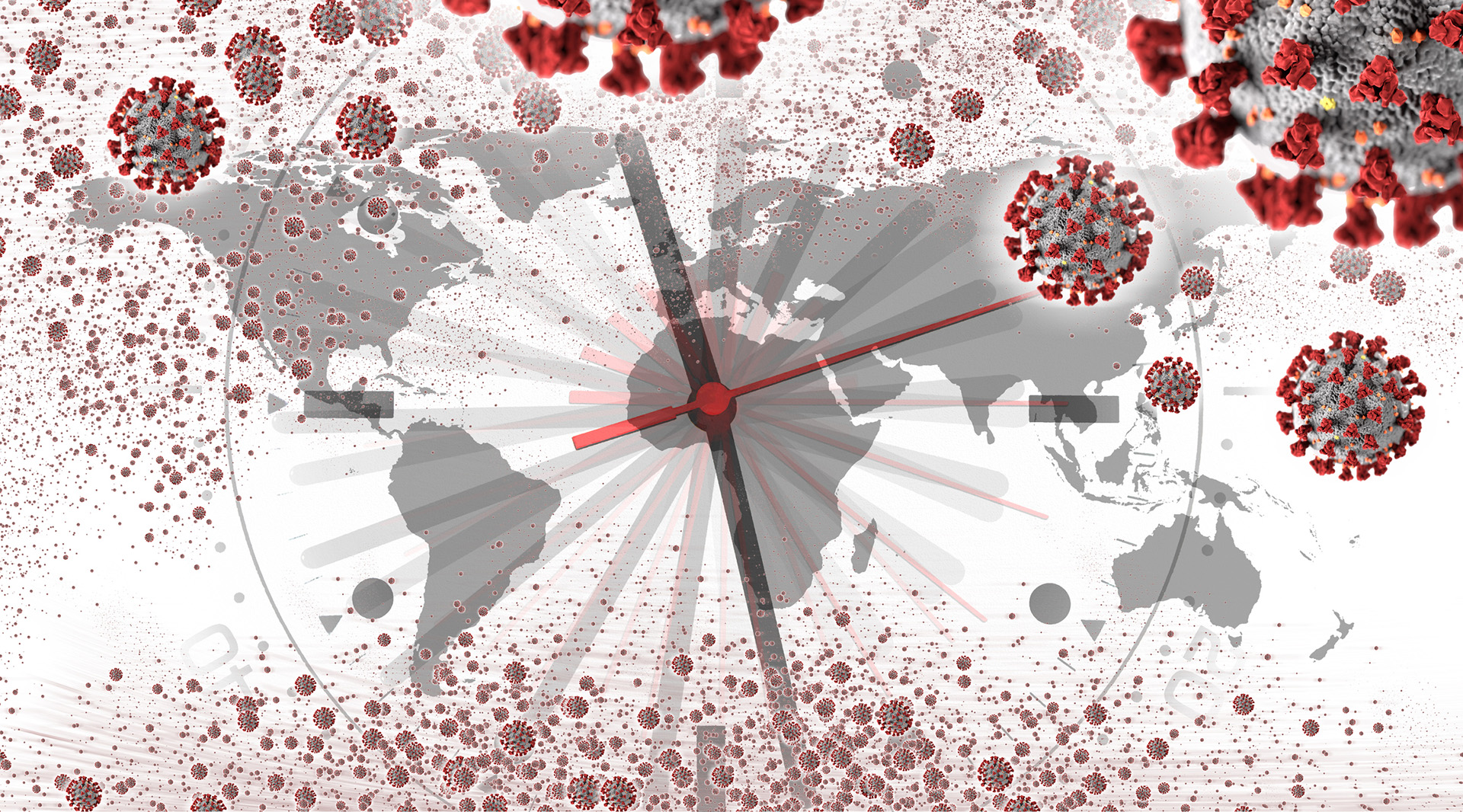Status
Challenge Status: Challenge is Complete
Application Status: Closed
Key Dates
Challenge Begins: 05/08/2020
Challenge Closes: 06/19/2020
Solutions Due By: 06/17/2020
Winners Announced: 08/07/2020
Overview
From May 8th to June 19th, 2020, over 250 innovators from 21 different countries worked together to develop syndromic surveillance systems that help us better understand the current pandemic and prevent future outbreaks. The New York Academy of Sciences invited solvers from around the world to participate in the challenge for a chance to win a $5,000 USD grand prize. The winning solution, SYNSYS: Tracking COVID-19 created by Esha Datanwala, is a syndromic surveillance system that uses online data to predict outbreaks. Learn more about the winning solution and the solver who designed it.
In the last two decades three new Corinaviruses have jumped from animals to humans – called the spillover effect– causing serious illness and fatalities. Scientists and researchers in various sectors are racing to develop treatments and a vaccine while also investigating fundamental questions about the virus such as the seasonality, full range of symptoms, true fatality rate, viral latency, dose response curve of the viral load, long-term immunity, mutation rate etc.
The lack of Syndromic Surveillance for Coronavirus has grossly exposed the global and local preparedness for pandemics making us vulnerable as well as putting extreme stress on our government, healthcare facilities, medical supply demands and economies.
Challenge
Using available data from the COVID-19 pandemic and/or past outbreaks of SARS and MERS (see below for some suggestions), design an innovative syndromic surveillance system that addresses the need for improved surveillance networks to better understand the threat of future waves of COVID-19 and/or future Coronavirus outbreaks.
Winners
SYNSYS is a syndromic surveillance system designed for the public & private healthcare sectors. This system uses public domain mined data from Google Trends, various social media sites, census data, and satellite data to predict outbreaks, both before they happen and while they’re happening.
Team Member: Esha Datanwala
